Landscaping a Community Integrated Living Arrangement (CILA)
busyd95
16 years ago
Related Stories
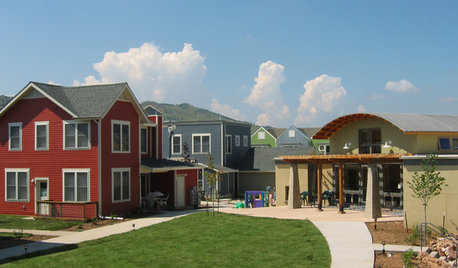
COMMUNITYTogetherness Take 2: Is a Cohousing Community for You?
Missing that sense of connection? Consider the new breed of neighborhood with a communal bent
Full Story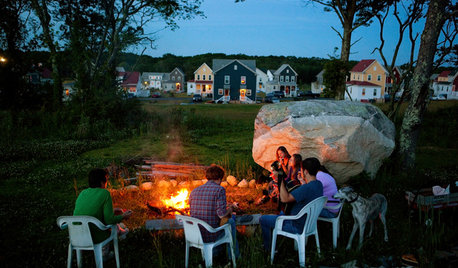
HOUZZ TOURSA New Community Flourishes in Rhode Island
Innovative affordable housing project offers new ideas for living with agriculture, art and each other
Full Story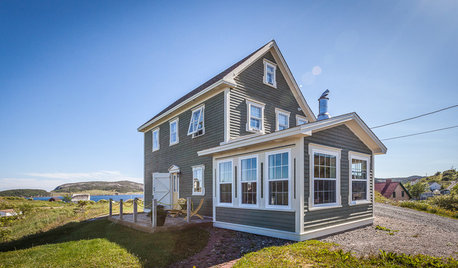
VACATION HOMESMy Houzz: Saltbox Charm in a Heritage Fishing Community
This rustic home and art studio in a 16th-century waterfront town blend in while showing personal style
Full Story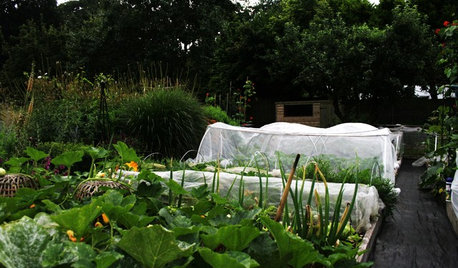
EDIBLE GARDENSFood and Community Thrive in a U.K. Allotment Garden
Get a peek at a rented garden plot in England where edibles and flowers mix and local residents can mingle
Full Story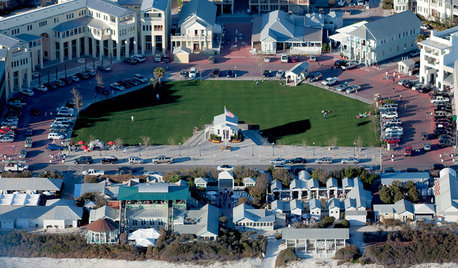
COMMUNITYTour a Pioneering Beach Town That Fosters Community
No cars, mixed-use zones, strict building codes ... a new book takes us inside Seaside, a champion of New Urbanism
Full Story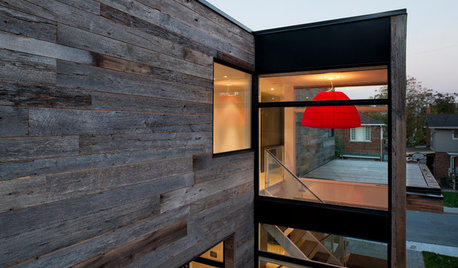
MODERN ARCHITECTUREHouzz Tour: And the Community Award Goes to ... a 'Zen Barn'
Contemporary minimalism wins over the neighbors and delights the owners of this light-filled Canadian home
Full Story
HOUZZ TOURSMy Houzz: Family and Community Art Merge in an Architect's Home
This Southern California family loved the local artwork so much, they created a public gallery for it right in their house
Full Story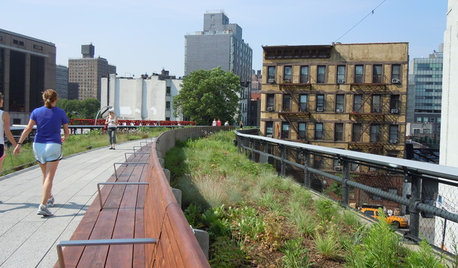
GARDENING AND LANDSCAPINGGarden Inspiration From New York's New High Line
See how to add some urban chic to your own stretch of green
Full Story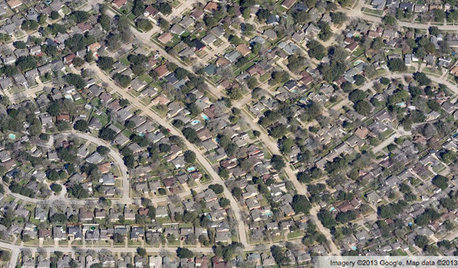
COMMUNITYGet a Bird's-Eye View of America's Housing Patterns
See the big picture of how suburban developments are changing the country's landscape, with aerial photos and ideas for the future
Full Story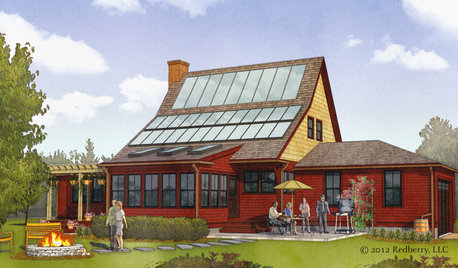
GREEN BUILDINGEasy Green: Discover the Appeal of 'Ecovillages'
Communities devoted to sustainable living are catching on across the U.S., with shared resources and a neighborly approach
Full Story





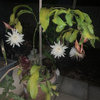
luna_llena_feliz
anaerobic
Related Professionals
Holly Springs Landscape Architects & Landscape Designers · Lyons Landscape Architects & Landscape Designers · College Park Landscape Contractors · Fort Worth Landscape Contractors · Fruit Heights Landscape Contractors · Garland Landscape Contractors · Little Ferry Landscape Contractors · Metairie Landscape Contractors · Palatine Landscape Contractors · Ronkonkoma Landscape Contractors · Soddy Daisy Landscape Contractors · Suitland Landscape Contractors · Thornton Landscape Contractors · Uxbridge Landscape Contractors · Palos Heights Landscape Contractorslandscapedesigner200